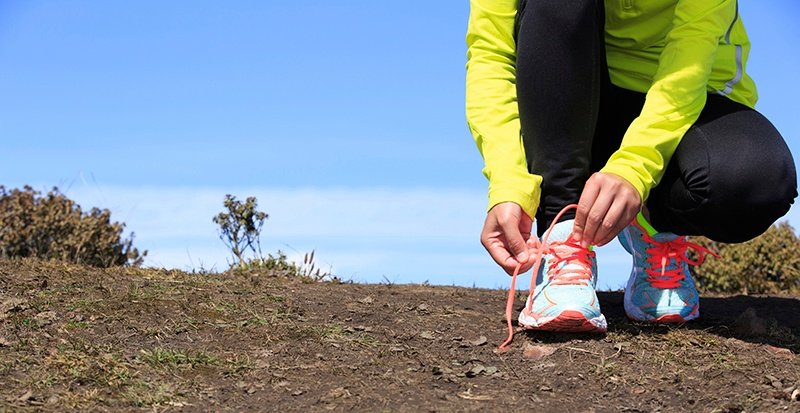It’s about a 2 min. read.

From training to crossing the finish line, competing in triathlons is one of my favorite hobbies. So far, I’ve completed four sprint races, each consisting of a short swim, a 10 to 15-mile bike ride, and a three-mile run. Not everyone would consider this “fun,” but I love it.
When I’m not an training, I’m a market researcher who likes to draw parallels between my personal and professional life. Here are three ways training for a triathlon is like managing a research project:
Triathlons are long multievent races that require a ton of preparation and training. Months before race day, I map out a detailed training schedule that allots time for each event (e.g., swimming, biking, racing) to ensure I’m well-prepared.
Managing a research project also requires a rigorous plan. Before the onset of each project, I develop a meticulous schedule that outlines every step, due date, and expectation, from project kick off to final reporting and delivery. This keeps my team and me on track and hitting our goals.
I also share this schedule with my clients so our teams are always aligned on how the project is progressing. It sounds simple, but it’s critical to be transparent and ensure everyone’s on the same page.
Even the best laid plans can go awry. Despite my planned training schedule, sometimes things come up and I must adjust. If it’s downpouring on a running day, for example, I could instead go for a swim. If the pool is unexpectedly closed, I’ll hop on a bike. Whatever the obstacle, I always find an alternative that keeps me marching towards my goal.
Unforeseen events can happen in research, too. The important thing is to flex and stay nimble so surprises won’t derail the project. So long as I stay focused and proactive, my team and I can pivot, overcome challenges, and keep the project on track.
I track data to measure and improve my race performance. With the help of a sports watch, I can analyze my pace, heart rate, distance, elevation, cadence, and more. Tracking these metrics helps me see my progression over time and can help identify variables that may be impacting my performance. For example, I often run in the morning, so external variables (e.g., traffic and temperatures) are more consistent. Since my running environment is consistent (as much as it can be) I can be more confident my tracked pace is real.
Consistently tracking data over time is critical in market research, too. In brand trackers, for example, we’ll measure the same dimensions so we can accurately compare results wave after wave. This helps ensure our clients can refine the most compelling positioning, optimize brand and market communication, and then track influence on behavior over time.
I’m glad I found a hobby that I love, and I’m even more excited that it connects in so many ways to my job as a market researcher. I’m looking forward to growing both as a triathlete and as a market researcher – and I know if I plan, stay flexible, and remain consistent, I’ll be successful at both!